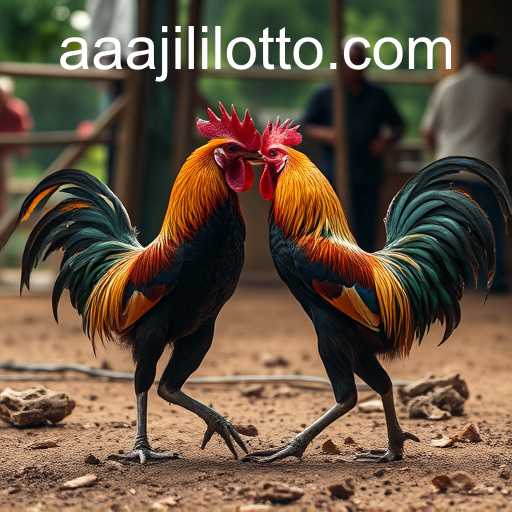The Cultural Traditions and Controversies of Cockfighting
Introduction to Cockfighting
Cockfighting, often referred to as an ancient sport, involves two roosters fighting, traditionally for entertainment purposes. Rooted deeply in certain cultures, it has been practiced in various societies across the globe. Its allure, largely due to the thrill and tradition it embodies, has been a subject of extensive debate. The practice is sometimes associated with the term "aaa jili," although the precise linkage can be culturally specific, complicating its significance.
The Origins of Cockfighting
The history of cockfighting can be traced back hundreds, if not thousands, of years. It has its roots in ancient civilizations, notably in regions of Southeast Asia, where the gamecocks were first domesticated. In ancient times, the cock’s inherent fighting prowess and territorial instincts were observed and showcased in public settings. The sport was, and in some cases still is, revered as more than just entertainment; it was a measure of honor and status. From Asia to Europe and the Americas, cockfighting evolved and ingrained itself within these cultures.jilicc
Cultural Significance
Many aficionados regard cockfighting as an integral tradition that holds deep cultural and social importance. In many regions, it signifies bravery, resilience, and skill. Some proponents argue that it represents a unique cultural heritage passed down through generations, a pastime that fosters community and familial bonds. In countries such as the Philippines, the tradition is a vital part of local festivals, often tied to significant cultural and religious events. This celebration of the gamecock's valor is enveloped in ceremony, with people from varied backgrounds gathering to celebrate, bet, and observe.
Modern-Day Practices
As of today, cockfighting is practiced in various parts of the world, often clandestinely due to the increasing legal restrictions. In many countries, both breeding gamecocks for fighting and participating in the sport is illegal. This has not deterred enthusiasts, who often turn to underground and illegal arenas to continue the tradition. In these gatherings, roosters are often fitted with sharp spikes or blades attached to their legs to expedite the fight, turning it into a bloody and oftentimes deadly battle.
Legal Landscape and Ethical Debate
The legal status of cockfighting varies geographically, reflecting a broader societal division regarding animal rights and welfare. Countries like the United States and many parts of Europe have banned the sport altogether, labeling it as animal cruelty. In contrast, it remains legal and regulated in some areas of Asia and Latin America. Arguments against cockfighting often stem from the perspective of animal rights activists who insist on the ethical treatment of all creatures. They point out the inherent cruelty involved in forcing roosters to engage in fights, often resulting in severe injury or death.jili369
Impact of Animal Welfare Movements
The rise of animal welfare movements has brought significant pressure on both governments and communities where cockfighting is prevalent. Activists have employed various strategies, from education to legislative lobbying, to curb the practice and encourage better treatment of animals. This has led to substantial legal and social pushbacks in communities that have known cockfighting to be a norm for generations.jilicc
The Role of Digital Media
In the digital age, the discussion surrounding cockfighting has intensified, fueled by widespread access to information and broadcasting channels. Social media platforms, in particular, have seen a surge in content related to cockfighting either in support or opposition. This duality in discourse has broadened public awareness but has also attracted attention from authorities seeking to curb illegal practices. Various groups and coalitions leverage the reach of digital media to promote awareness and advocate for either the preservation or abolition of cockfighting.pokebet88
Conclusion
Cockfighting remains a deeply contentious issue, embodying the clash between preserving cultural traditions and advancing animal rights and ethics. As these conversations continue to evolve in both local and global contexts, the dynamic between tradition and modernity is continually redefined. Communities and advocates on both sides of the debate remain steadfast in their stance, ensuring that the conversation surrounding cockfighting is far from over. Whether regarded as an inalienable cultural practice or a remnant of outdated traditions, it remains a focal point of diverse community interactions worldwide.JILIBEE slot








